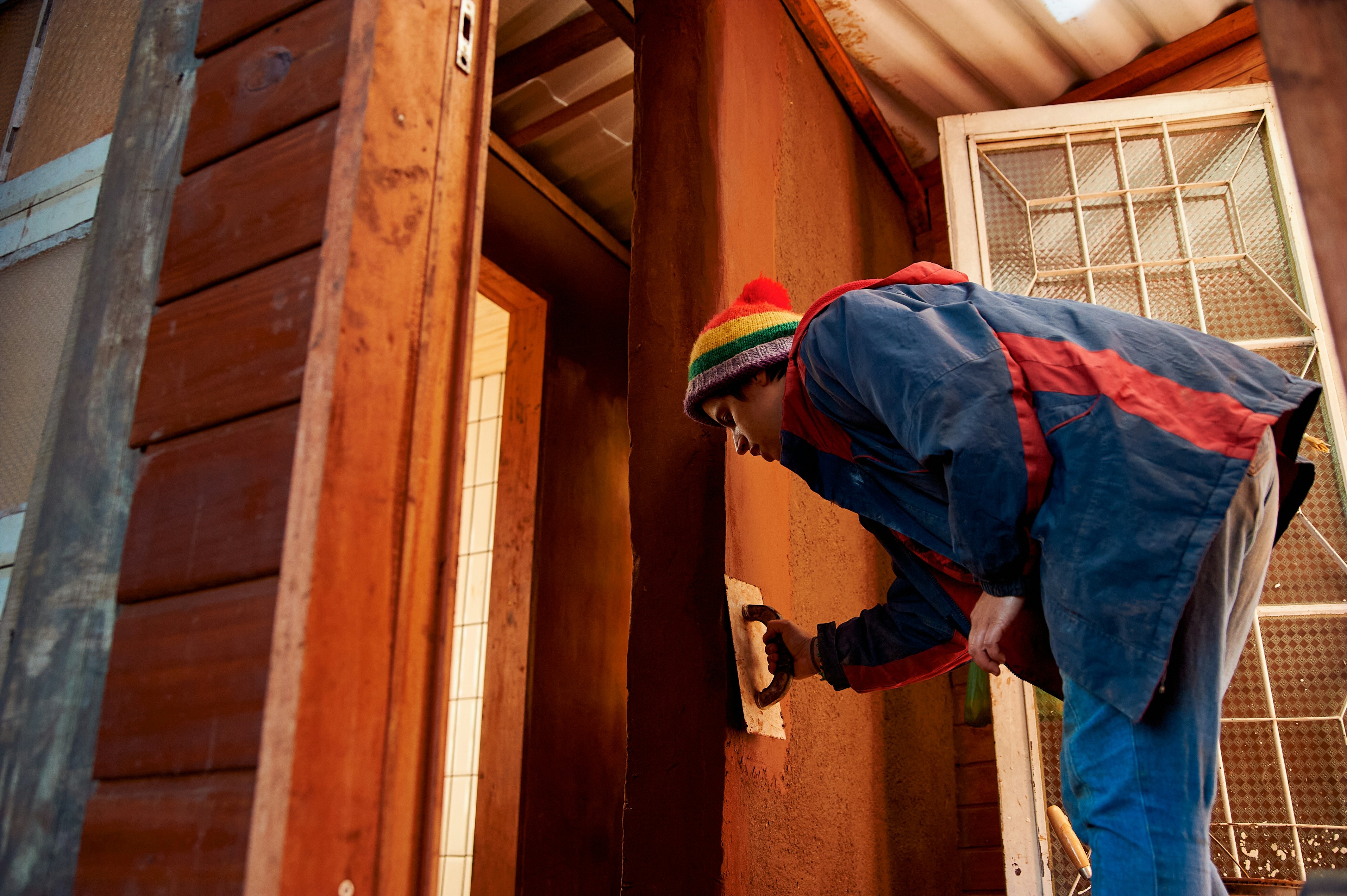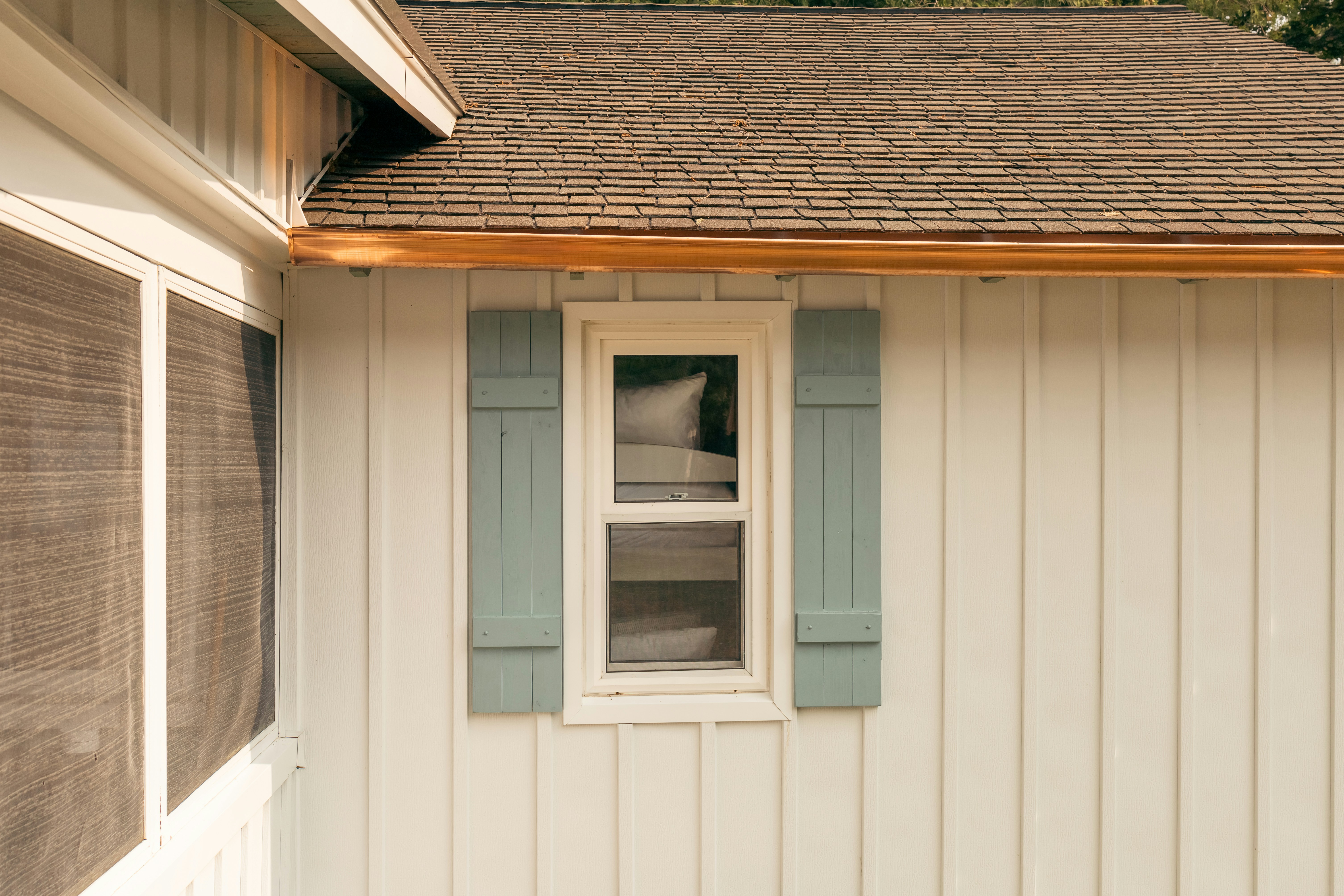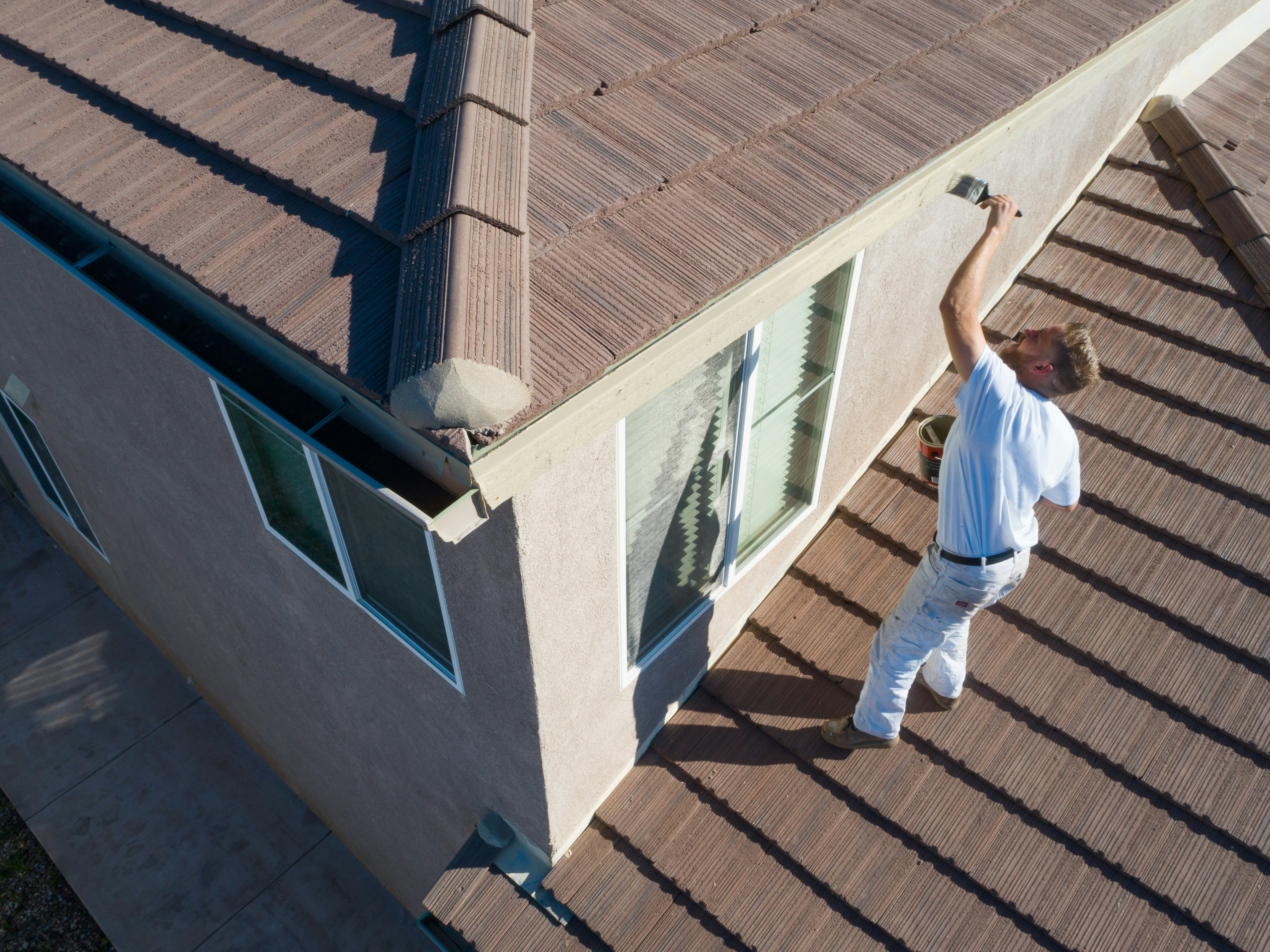Dry rot is a pervasive and insidious issue that plagues many residential properties, causing significant damage if left unchecked. This type of decay is a result of fungi that thrive in damp, poorly ventilated areas, consuming the cellulose in wood and other organic materials.
As the fungi grow and spread, they weaken the structural integrity of affected components, such as wooden beams, joists, and even drywall. While the term "dry rot" may seem contradictory due to its association with moisture, it actually refers to the fungus's ability to thrive in conditions with moderate moisture content.
Brief Overview of Dry Rot in Residential Properties
In residential settings, dry rot commonly manifests in areas prone to moisture accumulation or leaks, such as basements, attics, crawl spaces, and around windows or doors. The initial signs of dry rot may be subtle—discoloration or a musty odor—but if left unaddressed, the damage can escalate rapidly.
As the fungi spread through porous materials like wood, they create a network of interconnected threads that further weaken the affected structures. Left untreated over time, dry rot can compromise the safety and stability of a home's framework.
Importance of Timely Repair to Prevent Structural Damage
Timely repair is crucial when addressing dry rot in residential properties to prevent further structural damage and costly repairs down the line. Ignoring early signs of dry rot can lead to widespread deterioration of wooden elements within a home's construction.
Structural components weakened by dry rot are more susceptible to collapse under load-bearing stress or environmental factors like high winds or seismic activity. By promptly identifying and repairing instances of dry rot as soon as they are discovered, homeowners can safeguard their property's structural integrity and maintain a safe living environment for themselves and their families.

Understanding Dry Rot
Definition and Causes of Dry Rot
Dry rot, scientifically known as Serpula lacrymans, is a type of wood decay caused by fungi that thrive in damp and poorly ventilated environments. This insidious fungus thrives on cellulose-rich materials, such as timber and wooden structures commonly found in residential properties.
The primary cause of dry rot is prolonged exposure to moisture, creating the ideal conditions for fungal growth. Leaking roofs, plumbing issues, or inadequate ventilation can all contribute to the development of dry rot within a home.
The destructive nature of dry rot lies in its ability to break down the structural integrity of wood, turning it brittle and crumbly over time. As the fungus spreads through the affected area, it secretes enzymes that break down the cellulose fibers in wood, leading to decay and structural weakening.
If left unchecked, dry rot can compromise the stability of walls, floors, and other wooden components within a residence. Understanding these mechanisms is crucial for homeowners to recognize the signs of dry rot early on and take prompt action to prevent further damage.
Identifying Signs of Dry Rot in Residential Structures
Recognizing the early warning signs of dry rot is paramount to addressing this issue before it escalates into a major structural problem. Common indicators include musty odors emanating from affected areas, as well as visible discoloration or darkening of wood surfaces.
Peeling paint or wallpaper may also signal underlying moisture problems that can contribute to dry rot development. Additionally, a softening or spongy texture on wooden surfaces suggests advanced stages of decay caused by the fungal infestation.
In residential structures, areas prone to moisture retention such as basements, crawl spaces, bathrooms, and attics are more susceptible to dry rot growth. Inspecting these spaces regularly for any signs of water leaks or excessive humidity can help homeowners detect potential issues early on.
It's essential to pay attention to any changes in texture or appearance of wooden elements like beams, joists, or skirting boards as they may indicate the presence of hidden dry rot damage. Taking proactive measures at the first sight of these signs can mitigate further deterioration and costly repairs down the line.
Inspection and Assessment of the Affected Areas
Upon discovering signs of dry rot in a residential property, the first crucial step is to conduct a thorough inspection and assessment of the affected areas. This process involves utilizing moisture meters and employing visual inspection techniques to identify the extent of the damage accurately.
Moisture meters are instrumental in detecting hidden moisture levels within structures, providing valuable insights into the presence and severity of dry rot. Visual inspection, on the other hand, allows for a comprehensive evaluation of visible signs such as discoloration, fungal growth, and wood decay.
Determining the extent of damage is essential in developing an effective repair strategy for addressing dry rot in residential properties. By carefully assessing the affected materials and structural components, professionals can gauge the scope of deterioration and plan appropriate remediation measures.
Understanding which areas have been compromised by dry rot enables experts to prioritize repairs based on urgency and severity. Additionally, identifying all affected materials ensures that no underlying issues are overlooked during the repair process, preventing potential reoccurrences in the future.

Planning the Repair Process
After completing a thorough inspection and assessment of the affected areas, it is imperative to formulate a detailed plan for addressing dry rot in residential structures. Developing a repair strategy based on the assessment findings involves analyzing data gathered from moisture meters and visual inspections to create a tailored approach to remediation.
This strategic planning stage includes determining which materials need repair or replacement, as well as outlining specific techniques required to restore structural integrity. In addition to devising an effective repair strategy, consideration for safety measures during repairs is paramount in ensuring a secure working environment for both professionals and occupants.
Implementing proper safety protocols safeguards against potential hazards associated with handling damaged materials and using tools during repairs. Prioritizing safety not only protects individuals involved in the repair process but also minimizes risks of accidents or injuries that may occur while addressing dry rot in residential properties.
Materials Used in Dry Rot Repairs
Preserving the Integrity of Structures Through Proper Material Selection
Dry rot repairs require specific materials tailored to address the damage caused by fungal decay. Wood fillers are commonly used to patch up rotted sections, restoring structural integrity and preventing further deterioration. These fillers come in various forms, such as putty-like compounds or hardeners that can be molded and shaped to fit the damaged areas seamlessly.
Epoxy resins, on the other hand, offer a more durable solution by bonding with the wood fibers and creating a strong, long-lasting repair that resists moisture infiltration. When selecting wood fillers for dry rot repairs, it is essential to choose products that are specifically designed for outdoor use and are resistant to water damage.
Opting for high-quality fillers ensures a lasting repair that can withstand exposure to varying weather conditions without compromising its effectiveness. Additionally, considering the compatibility of the filler with paints or finishes is crucial for achieving a seamless blend with the surrounding structure once the repair is complete.
Essential Tools for Repairing Dry Rot
The Craftsmanship of Restoration: Tools That Transform Decay into Renewal
Saws play a vital role in dry rot repairs by allowing precise cutting of rotted sections while ensuring clean edges for a seamless repair finish. Circular saws are commonly used to remove large areas affected by dry rot efficiently, while handsaws provide more control when working on intricate details or smaller sections.
Chisels are indispensable tools for shaping and smoothing out filler materials during the repair process, enabling craftsmen to achieve a perfect match with surrounding surfaces. Sanders are essential tools in achieving a smooth and uniform surface texture after applying wood fillers or epoxy resins during dry rot repairs.
Electric sanders save time and effort by swiftly removing excess material and providing a polished finish that seamlessly blends with the existing structure. Hand sanding tools offer precision in smoothing out intricate details or hard-to-reach areas where power sanders may not be suitable, ensuring every aspect of the repair is meticulously attended to before sealing and finishing.
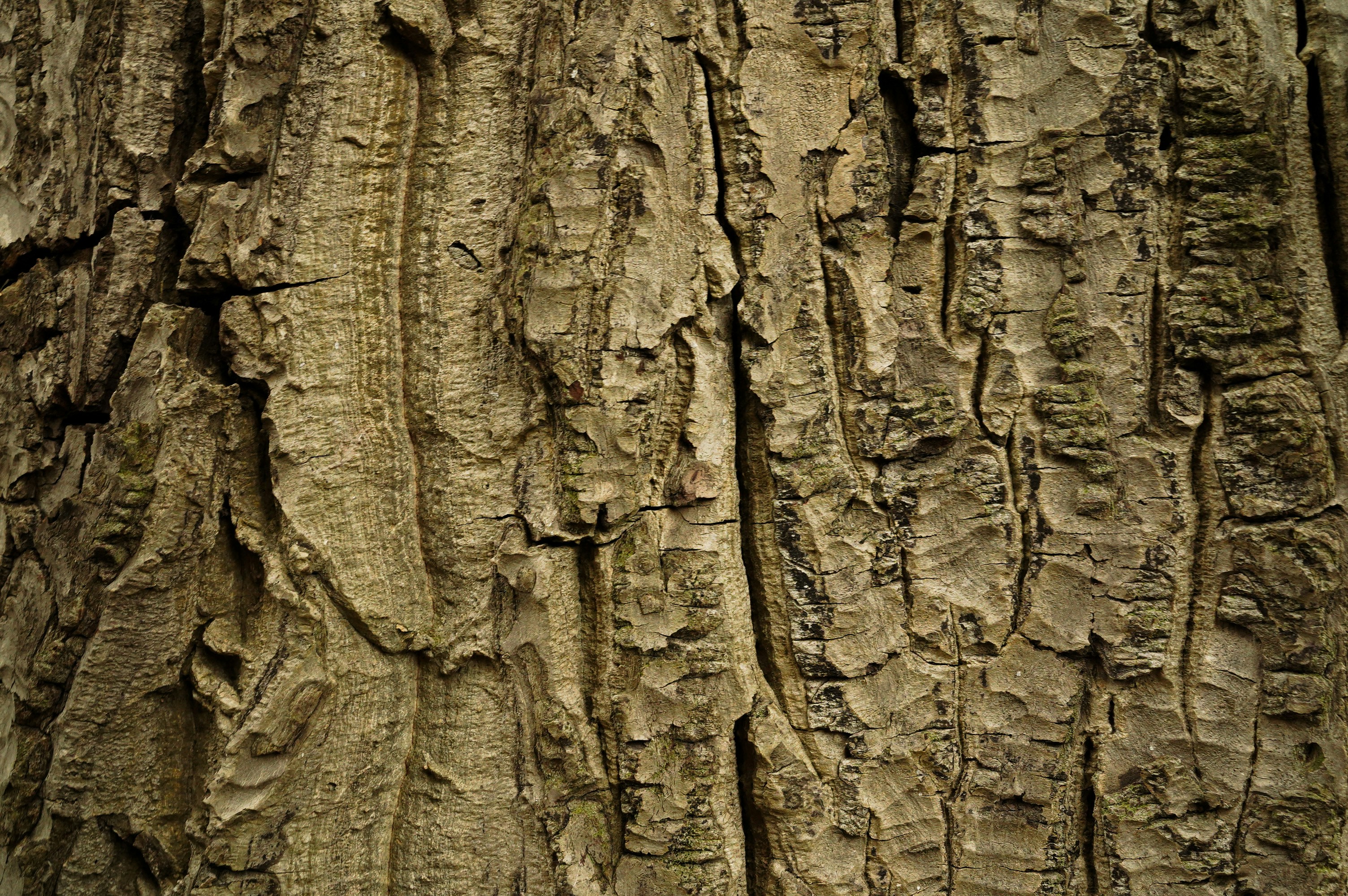
Removal of Damaged Wood and Affected Materials
When dealing with dry rot repair in residential structures, the first crucial step is the removal of damaged wood and affected materials. This process involves carefully inspecting the affected areas to identify all instances of decayed wood.
Using tools such as saws and chisels, the rotted sections are cut out to expose the healthy wood underneath. It is essential to remove all compromised material thoroughly to prevent the spread of dry rot and ensure a solid foundation for repairs.
Treating Surrounding Areas to Prevent Future Infestations
After removing the damaged wood, it is imperative to treat the surrounding areas to prevent future infestations of dry rot. This typically involves applying fungicidal treatments or moisture barriers to inhibit fungal growth and protect against moisture penetration. By addressing the root causes that led to dry rot development in the first place, such as leaks or poor ventilation, homeowners can create an environment less conducive to fungal decay and safeguard their property from future damage.
Replacement or Reinforcement of Structural Components
Once the damaged wood has been removed and surrounding areas treated, it is time for replacement or reinforcement of structural components affected by dry rot. Depending on the extent of damage, new wood may need to be installed in place of rotted sections.
In cases where structural integrity has been compromised, reinforcement techniques like sistering—attaching new timber alongside existing members—may be necessary. Proper sealing and finishing are crucial in this final stage of repair to protect against moisture intrusion and ensure long-term stability for residential structures.
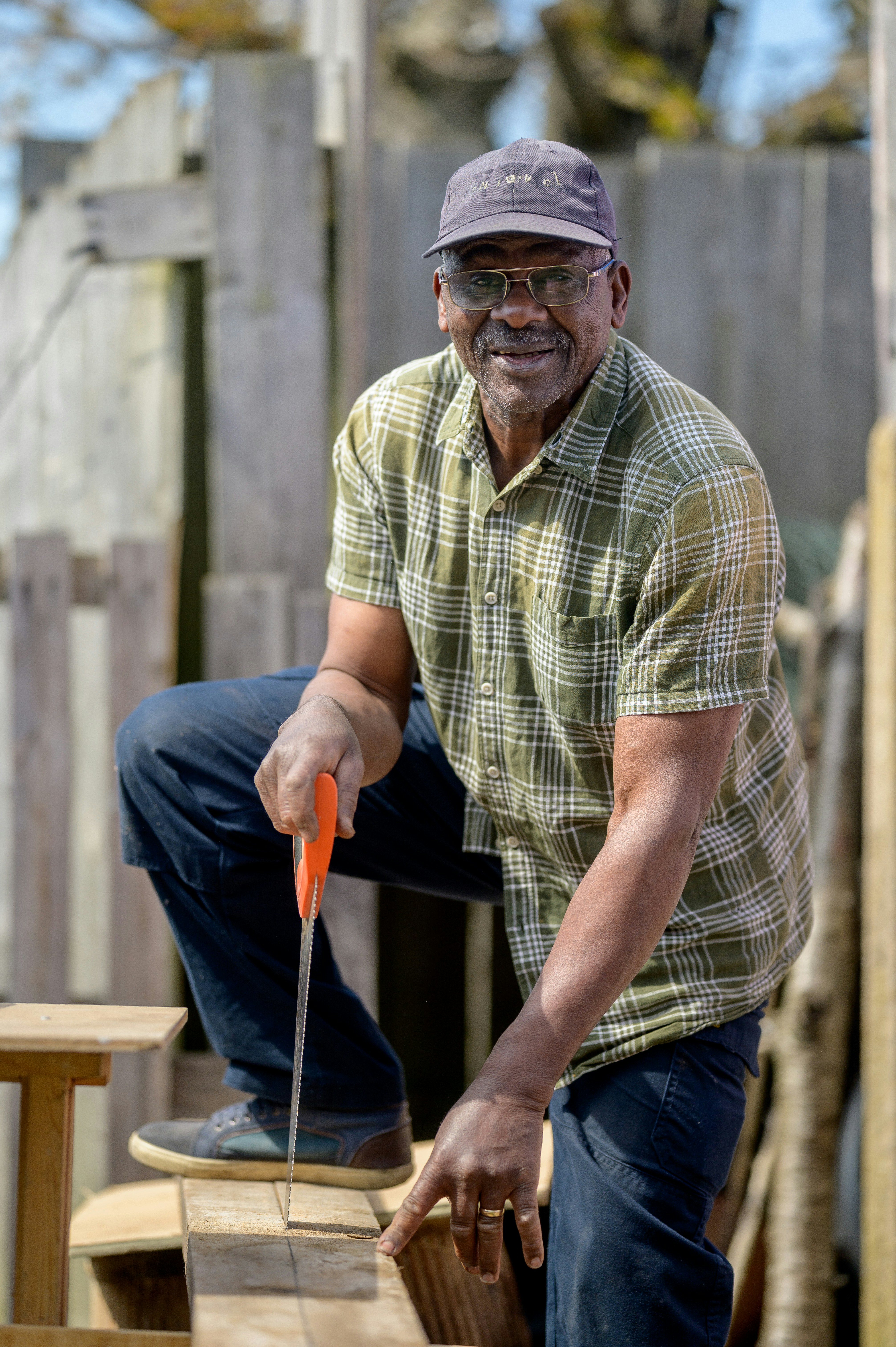
Professional vs DIY Repairs
Expertise in Identifying Underlying Issues
When it comes to dry rot repairs, hiring a professional offers the distinct advantage of expertise in identifying underlying issues. Professionals have the training and experience to not only address the visible signs of dry rot but also to uncover any hidden or structural problems that may have caused or exacerbated the issue. By delving deeper into the root causes of dry rot, professionals can provide comprehensive solutions that go beyond surface-level repairs, ensuring a long-lasting fix for your residential property.
Access to Specialized Tools and Materials
Another compelling reason to opt for professional dry rot repairs is the access professionals have to specialized tools and materials. Repairing dry rot effectively often requires specific tools such as moisture meters, wood fillers, epoxy resins, and protective gear that may not be readily available to homeowners. Professionals come equipped with these resources and know how to use them efficiently, ensuring that the repair work is done accurately and with high-quality materials that are best suited for the job.
Considerations for Homeowners Attempting DIY Repairs
While some homeowners may consider tackling dry rot repairs themselves, there are important considerations to keep in mind before embarking on a DIY project. One major risk associated with incomplete DIY repairs is the possibility of overlooking underlying issues that could lead to recurring problems in the future.
Additionally, without proper training and access to specialized tools, homeowners may find themselves unable to effectively address all aspects of the repair process. Furthermore, safety protocols must be strictly adhered to when working on structural elements like dry rot repairs.
Conclusion
When it comes to residential dry rot repairs in Tacoma or any other location, entrusting the task to professionals can make a significant difference in both the quality of workmanship and long-term results. By leveraging their expertise in identifying underlying issues and having access to specialized tools and materials, professionals can ensure thorough and lasting solutions for your property's dry rot problems.
While considering DIY repairs is understandable for some homeowners, it's crucial to acknowledge the risks associated with incomplete fixes and prioritize safety at all times. Ultimately, investing in professional assistance can bring peace of mind knowing that your home is being cared for by skilled hands dedicated to preserving its integrity.

